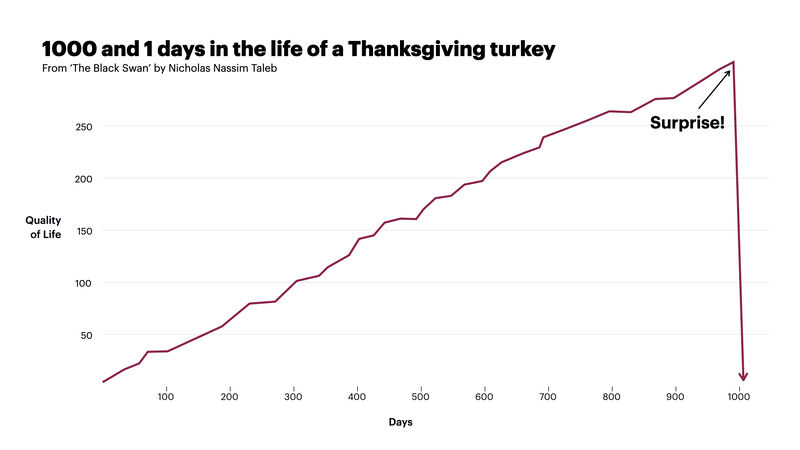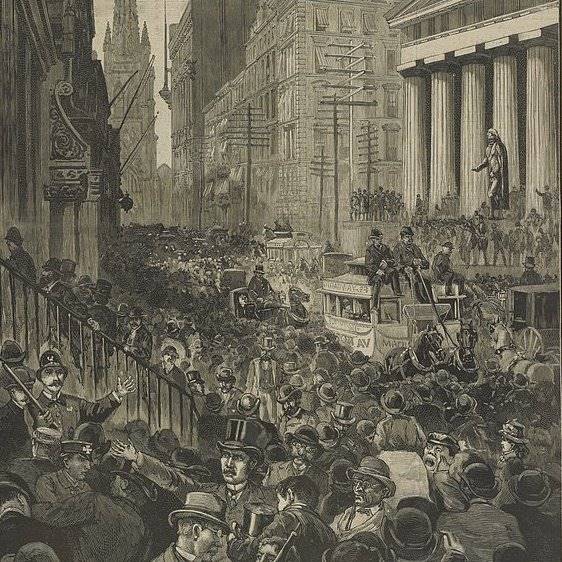Author: David
Translation: Deep Tide TechFlow
This summer, I have been quietly trading while thinking about and building tools related to prediction markets. Since joining Polymarket in mid-2024 to participate in election cycle trading, I have been intermittently involved in this field for over a year.
In June of this year, the conflict between Israel and Iran reignited my passion for prediction markets. At that time, I was not only trading real-time events on Polymarket for entertainment but also using it as an important source of information to guide my actual investment portfolio trading. In the following months, I delved deeply into prediction markets, exploring their origins and multiple iterations, as well as envisioning future possibilities, as if entering an endless maze of knowledge.
Understanding a niche market with immense potential that few discuss or take seriously excites me immensely.

But then, John Wang appeared. At the beginning of August this year, I noticed that John began frequently mentioning his in-depth research on prediction markets on Twitter, so I sent him a private message suggesting we chat. While I cannot disclose the details of the call, shortly after, he became fully immersed in it and, through a series of intense tweets, almost single-handedly brought prediction markets into the public eye.
Despite this, while I am also excited about the initial development phase of prediction markets, it is still in its infancy. Although there is much discussion about its positive significance, many challenges and limitations in its current form still need to be addressed if prediction markets are to become a new trading mainstream.
Liquidity Constraints
The first major flaw of prediction markets is the liquidity dilemma. For most professional traders, liquidity in the market is already insufficient, let alone allowing funds to conduct large-scale trades. Additionally, due to the difficulty of market making in binary prediction markets, there are very few willing market makers; at the same time, the trading volume in these markets is low, limiting the opportunities for market makers to profit, which reduces their motivation to participate.
There are several reasons why binary markets are difficult to market make. First is the high inventory risk and difficulty in hedging. Since these markets are event-driven, their nature leads to little or no mean reversion after significant news headlines appear. For example, if a market's trading price indicates an 80% chance of a certain event occurring ("yes"), but then news significantly lowers that probability to 30%, if a market maker is positioned incorrectly in this situation, they may be forced to hold a large losing position, which is often difficult to exit. This risk can be mitigated through hedging, but it is not always easy or efficient to find capital solutions for hedging.

Why are market makers afraid of "toxic flow"?
Another issue is "toxic flow" and the lack of diversity in demand. Market makers typically profit from the bid-ask spread. For example, buying shares of X at $1 and then selling them at $1.01, repeatedly, without having a directional view on the underlying asset. Whether market makers can profit largely depends on having a higher proportion of "low information demand" in the market and a lower proportion of "high information demand."
In the stock market, "low information demand" usually refers to investors trading to hedge other positions or rebalance their portfolios. They are not buying because they believe the stock will rise, but because their portfolio construction requires it. This type of demand is generally favorable for market makers because buyers are not price-sensitive.
Conversely, "high information demand" or "toxic flow" is the opposite. These buyers typically possess undisclosed information or some advantage, believing that the market is mispricing and attempting to profit through trading.
The ratio of these two types of buyers needs to remain healthy for market makers to provide sufficient liquidity profitably. However, the current demand in prediction markets lacks diversity, with almost no other types of participants besides speculators, making it susceptible to "toxic flow" from insiders. To improve liquidity, this demand structure must change.
Retail Constraints
From the perspective of retail investors, there are also many limitations in prediction markets, which I will briefly describe.
First, the market lacks sufficiently attractive opportunities and potential returns. Most markets on platforms like Polymarket and Kalshi typically exhibit low volatility, and the potential returns are not enough to attract retail investors. Even if a seemingly certain outcome trades at a 70% price, if its expiration is two months away, it still lacks appeal for modern retail investors who "pursue dopamine stimulation." Additionally, due to the challenges faced by the aforementioned market makers, these markets cannot offer leveraged trading options to enhance potential returns.

Second, the capped returns characteristic of binary markets reduces the motivation for "front-running," which is one of the key attractions of stocks and cryptocurrencies. Currently, some new prototypes are being tested that aim to introduce reflexivity by removing binary outcomes, but whether they will succeed remains to be seen.
Third, event-based markets reduce reflexivity. This is both an advantage and a disadvantage, as it means prediction markets are less susceptible to manipulation or issues like "cabal control" seen in cryptocurrencies. However, this also limits potential returns, failing to provide the 100x returns that retail investors crave. I have some thoughts on this, but I won't discuss them today.
Poor Discovery Mechanism and User Experience
Anyone who actively uses prediction markets will encounter numerous frustrations with the current user interface (UI) iterations. There are simply too many issues, especially for deep users, where these problems accumulate to become quite bothersome. Among the worst, I personally believe, is the market discovery mechanism.
Polymarket and Kalshi currently have tens of thousands of markets, and the number continues to grow, but the vast majority of markets you may have never heard of, and there is no simple way to find them.
A Ray of Hope
The good news is that many of these challenges are not unique to prediction markets.
Early decentralized finance (DeFi), perpetual contract exchanges, and short-term options markets also faced similar issues. If anything, this indicates that prediction markets hold immense opportunities. Currently, prediction markets are still very niche.
For example, on Polymarket, its 250,000 active users had a trading volume of $1 billion last month. In contrast, the top 100 traders on HyperLiquid each achieved nearly that trading volume.
We can be excited about new things, but we must also maintain a pragmatic attitude, facing their current realities to push them to new heights.
免责声明:本文章仅代表作者个人观点,不代表本平台的立场和观点。本文章仅供信息分享,不构成对任何人的任何投资建议。用户与作者之间的任何争议,与本平台无关。如网页中刊载的文章或图片涉及侵权,请提供相关的权利证明和身份证明发送邮件到support@aicoin.com,本平台相关工作人员将会进行核查。




